Coronavirus and Tobacco

Tobacco kills more than 8 million people globally every year. More than 7 million of these deaths are from direct tobacco use and around 1.2 million are due to non-smokers being exposed to second-hand smoke.
Tobacco smoking is a known risk factor for many respiratory infections and increases the severity of respiratory diseases. A review of studies by public health experts convened by WHO on 29 April 2020 found that smokers are more likely to develop severe disease with COVID-19, compared to non-smokers.
COVID-19 is an infectious disease that primarily attacks the lungs. Smoking impairs lung function making it harder for the body to fight off coronaviruses and other diseases. Tobacco is also a major risk factor for noncommunicable diseases like cardiovascular disease, cancer, respiratory disease and diabetes which put people with these conditions at higher risk for developing severe illness when affected by COVID-19. Available research suggests that smokers are at higher risk of developing severe disease and death.
Initially thought to be primarily a disease affecting lung and causing pneumonia, now found to be involving various tissues and systems including causing thromboembolism, stroke and renal failure.Tobacco smoking is a known major risk factor associated with many of these disease conditions, especially related with respiratory system . Tobacco consumption, specially smoking and waterpipe, affect the lung capacity which may lead to difficulty in breathing added by long term harmful effect of cardiovascular and respiratory system leading to elevated risk of various kind of infectious diseases . Severe Acute Respiratory Syndrome Coronavirus 2 (SARS-CoV-2) infection, which primarily affects the lungs, is found to be associated with severe events in people who consume tobacco either smokeless or smoke. Yet there is no strong evidence which establishes the link between tobacco smoking and COVID-19.
Tobacco is being consumed worldwide in various forms which include tobacco chewing, paan masala, bidi, taibur (liquid water), cigarette smoking etc. Thus, people who consume tobacco are also found to be at an increased risk of contracting SARS-CoV-2 infection. The reason behind smoking being a risk factor for COVID-19 can be linked with Angiotensin-converting enzyme II (ACE-2). Expression of ACE-2 gene is increased in people who smoke. ACE-2 is found to be associated with SARS-CoV-2, which uses it as a receptor for cellular entry. Smoking causes an increase in secretory cells of respiratory tract, subsequently increasing ACE-2 expression . Ageing is also associated with a higher expression of ACE-2 gene. This can possibly explain the vulnerability of aged people, smokers and patients with hypertension to coronavirus and person who consume tobacco, either smokeless or smoke, as a potential vulnerable group for COVID-19.
Tobacco smoking makes respiratory system prone to many infections. Consumption of tobacco, either smoke or smokeless, is responsible for destroying the cells of immune system as reported in many studies showing that smokers are more prone to the allergic symptoms (influenza like) and higher deaths recorded in previous Middle East Respiratory Syndrome Coronavirus (MERS-CoV) outbreak among smokers in comparison to non-smokers . Smoking and consuming smokeless tobacco products can possibly correlate with the severities of COVID-19 morbidities, as many evidence based studies highlighted the negative impact of these products on lungs health including COPD (Chronic obstructive Pulmonary Disease), severe degree of pneumonia and cancer, on heart including coronary heart disease, stroke and hypertension.
Higher rate of severe events are found in people who are infected with coronavirus, and having co-morbidities like hypertension, cancer, diabetes, respiratory problems . Tobacco smoking is associated with higher rate of severe events in Coronavirus disease (COVID-19). Many of the studies conducted in China also reported higher ICU admission rate of patients having history of smoking, either current or former .
According to Chinese research study, smokers, either current or former, show the severe COVID-19 progression. In all patients with severe disease progression, every 1 out of 5 was a smoker, 16.9% current and 5.2% former smokers, while only 11.8% current and 1.3% former smokers were found with non-severe COVID-19 symptoms . Many observational studies found that percentage of smokers is 1.4 – ۱۸٫۵% of hospitalized cases of COVID-19 and severity of COVID-19 is higher among them with an odds ratio of 2.2 .
Smoking is the biggest cause of lung cancer in developed and developing countries. Patients with lung cancer were found at a higher risk of coronavirus transmission among all cancer types with an increased risk of severe events and deaths. Among all the deaths in patients with cancer due to COVID-19, deaths in patient with lung cancer contribute highest . The world is already facing burden of tobacco related diseases and COVID-19 may be the new entry in this.
tobacco smokers (cigarettes, waterpipes, bidis, cigars, heated tobacco products) may be more vulnerable to contracting COVID-19, as the act of smoking involves contact of fingers (and possibly contaminated cigarettes) with the lips, which increases the possibility of transmission of viruses from hand to mouth. Smoking waterpipes, also known as shisha or hookah, often involves the sharing of mouth pieces and hoses, which could facilitate the transmission of the COVID-19 virus in communal and social settings.
as a smoker, am I likely to get more severe symptoms if infected?
Smoking any kind of tobacco reduces lung capacity and increases the risk of many respiratory infections and can increase the severity of respiratory diseases. COVID-19 is an infectious disease that primarily attacks the lungs. Smoking impairs lung function making it harder for the body to fight off coronaviruses and other respiratory diseases. Available research suggests that smokers are at higher risk of developing severe COVID-19 outcomes and death.
as a vaper, am I likely to be imfected to have more severe symptoms if infected?
There is no evidence about the relationship between e-cigarette use and COVID-19. However, existing evidence indicates that electronic nicotine delivery systems (ENDS) and electronic non-nicotine delivery systems (ENNDS), more commonly referred to as e-cigarettes, are harmful and increase the risk of heart disease and lung disorders. Given that the COVID-19 virus affects the respiratory tract, the hand-to-mouth action of e-cigarette use may increase the risk of infection.
what about using smokeless tabacco, like chewing tabacco?
Using smokeless tobacco often involves some hand to mouth contact. Another risk associated with using smokeless tobacco products, like chewing tobacco, is that the virus can be spread when the user spits out the excess saliva produced during the chewing process.
what can I do to protect people from the risks associated with smoking, smokeless tabacco use and vaping?
Nicotine replacement therapies, such as gum and patches are designed to help smokers quit tobacco.it is recommends that smokers take immediate steps to quit by using proven methods such as toll-free quit lines, mobile text-messaging programmes, and nicotine replacement therapies.
Within 20 minutes of quitting, elevated heart rate and blood pressure drop. After 12 hours, the carbon monoxide level in the bloodstream drops to normal. Within 2-12 weeks, circulation improves and lung function increases. After 1-9 months, coughing and shortness of breath decrease.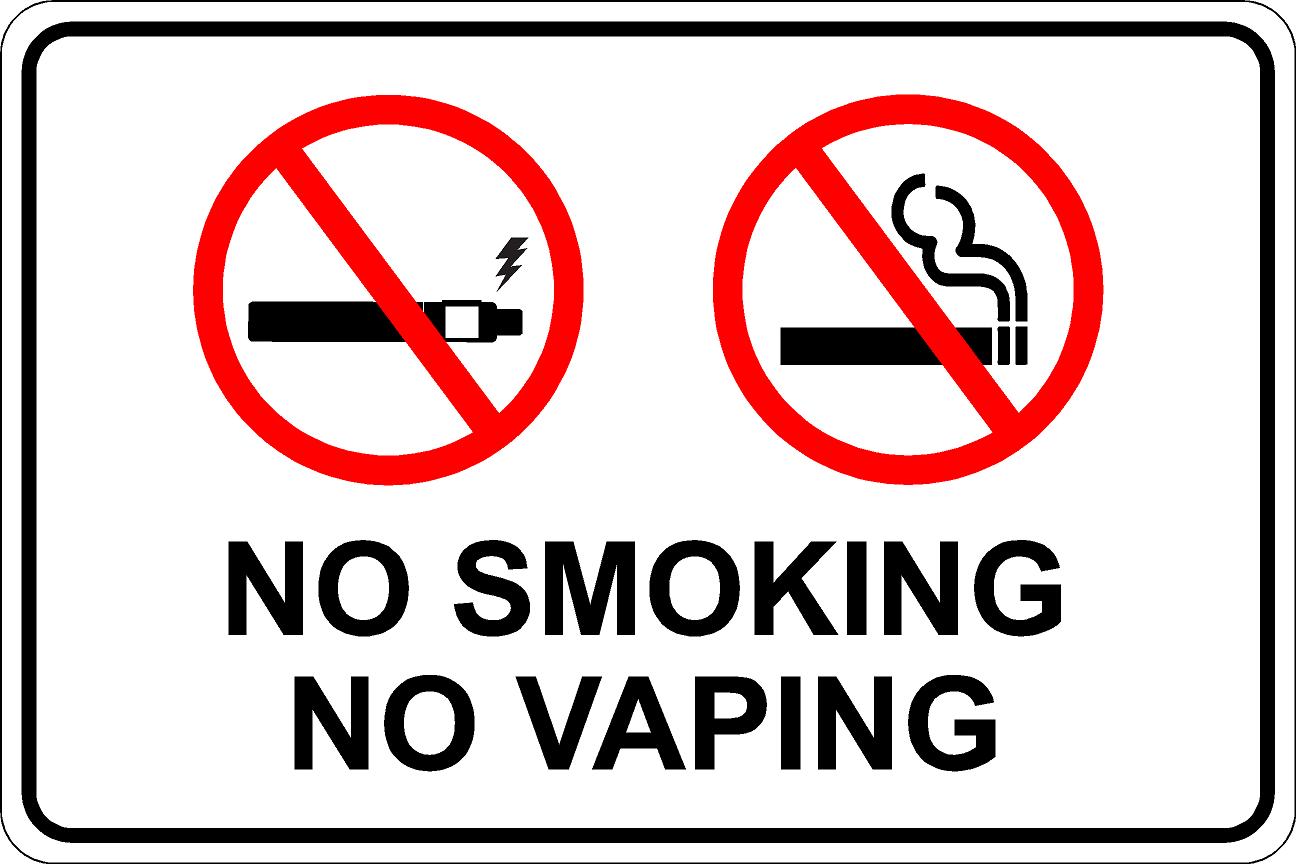
If you smoke, use e cigarettes or use smokeless tobacco, now is a good time to quit completely.
Do not share devices like waterpipes and e-cigarettes.
Spread the word about the risks of smoking, using e-cigarettes and using smokeless tobacco.
Protect others from the harms of second-hand smoke.
Know the importance of washing your hands, physical distancing, and not sharing any smoking or e -cigarette products.
Do not spit in public places

Prepared:
Neshat Khosravi – Microbiologist
Refrence:
https://www.who.gov


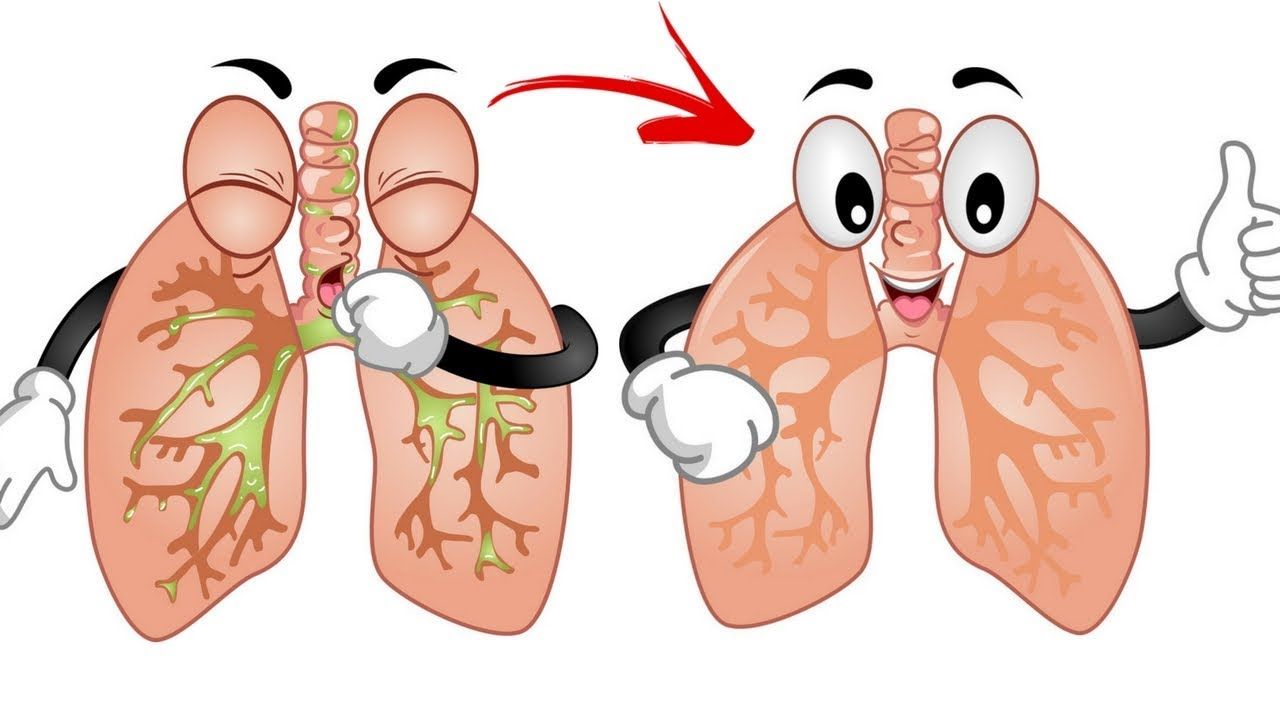
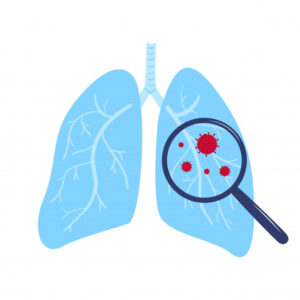
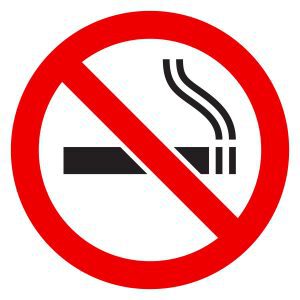


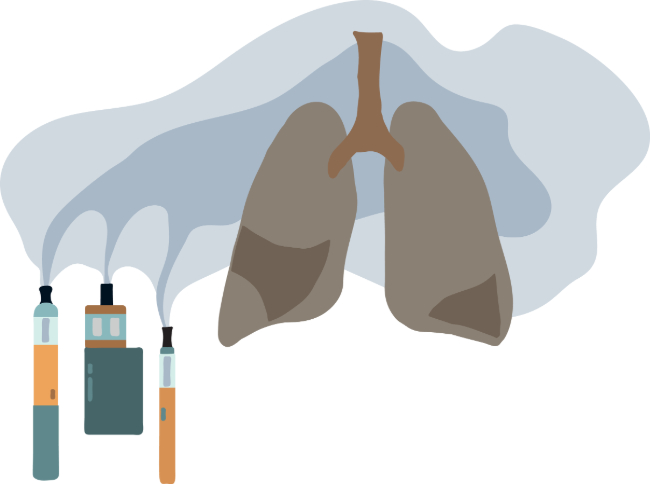
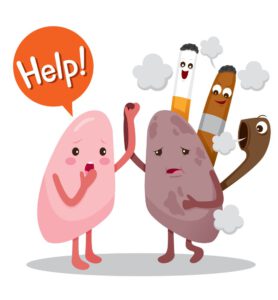
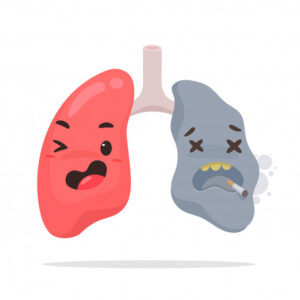
Recent Comments